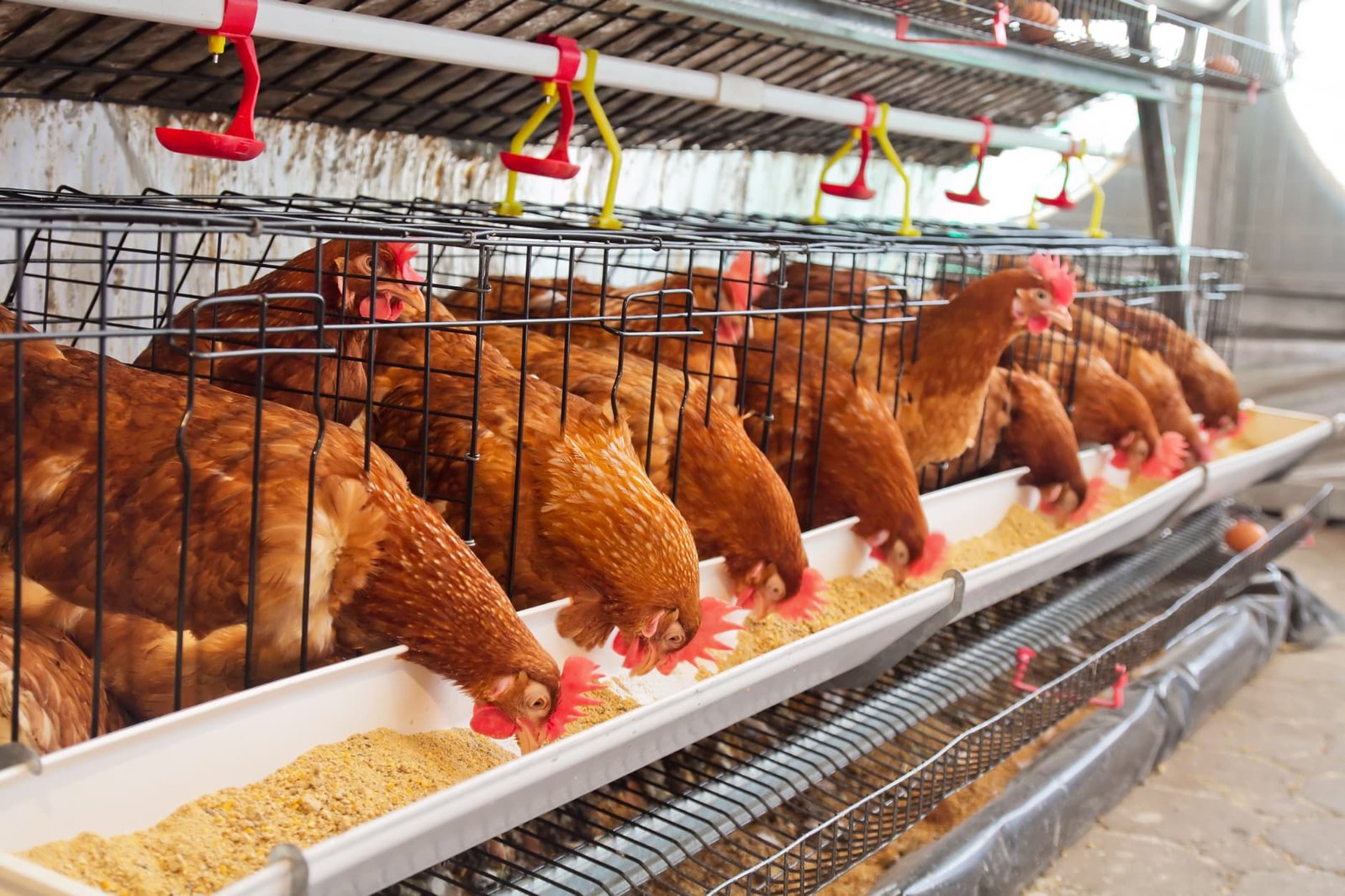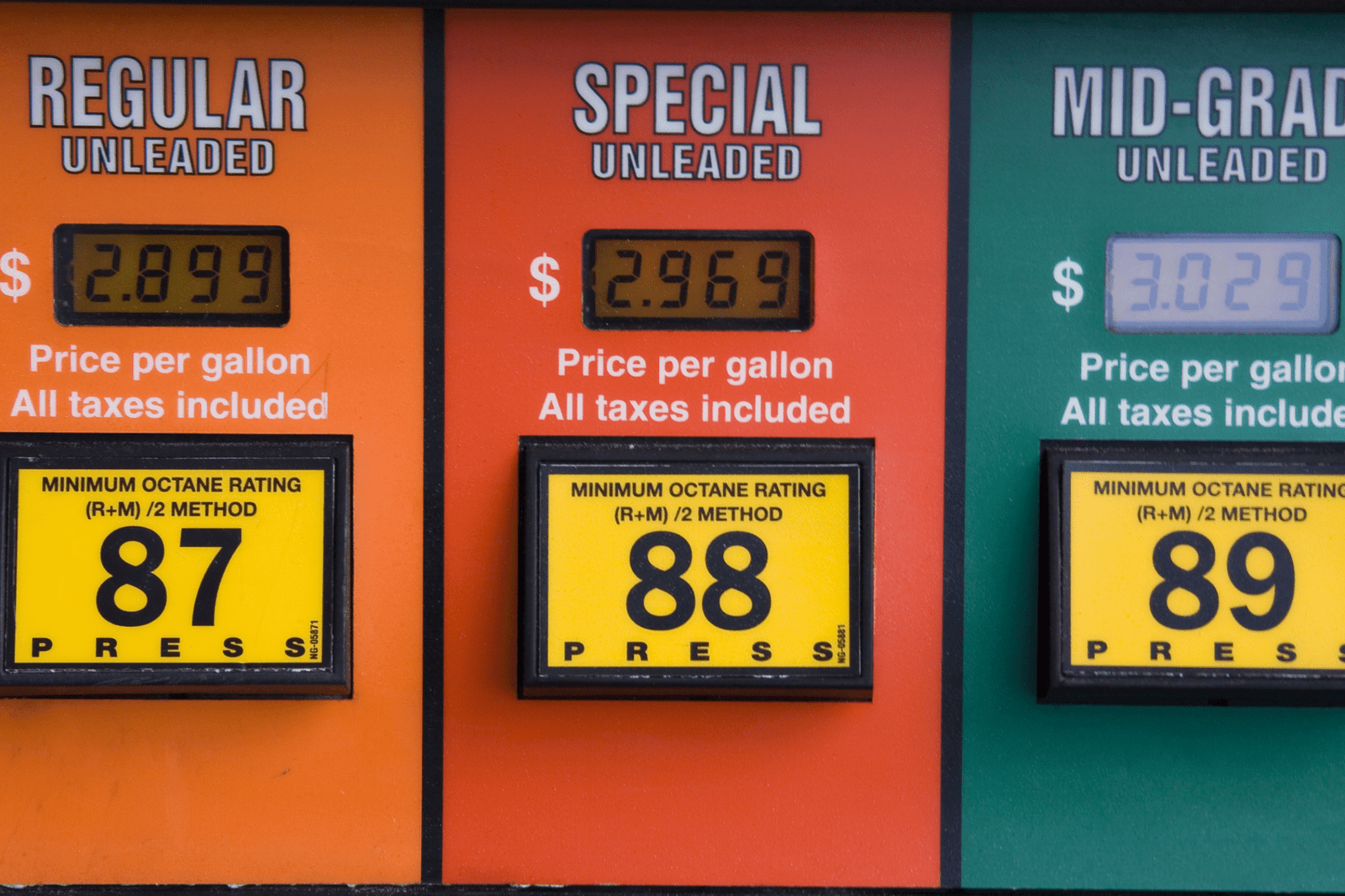As someone who has helped manage several businesses, I know firsthand how critical it is to understand and manage cost drivers. Cost drivers are the factors that impact the cost of producing goods or delivering services in a business, and they can have a significant impact on profitability. Identifying and managing cost drivers is essential to the success of any business, regardless of its size or industry.
What is a Cost Driver?
A cost driver can be anything that affects the cost of producing a product or service. It can be an internal factor, such as the cost of materials, labor, or overhead, or it can be an external factor, such as market demand or competition. For businesses to be profitable, they must identify and manage cost drivers effectively.
The need to understand and manage cost drivers is becoming increasingly important, as businesses face heightened competition, rising costs, and changing customer preferences. In this blog post, we’ll discuss the various types of cost drivers and provide tips for identifying and managing them effectively. We’ll also explore the benefits of understanding cost drivers and how they can help businesses improve their profitability.
In the next section, we’ll discuss the different types of cost drivers that businesses should be aware of.
Types of Cost Drivers
There are several types of cost drivers that businesses should be aware of when analyzing their costs. Understanding the different types of cost drivers can help businesses identify where they need to focus their efforts to manage costs effectively. Here are some of the most common types of cost drivers:
- Variable Costs: These are costs that vary based on the volume of goods or services produced. Examples of variable costs include raw materials, direct labor, and shipping costs. As production increases, so do variable costs.
- Fixed Costs: These are costs that remain constant regardless of the volume of goods or services produced. Examples of fixed costs include rent, salaries, and insurance premiums. Fixed costs can be significant, especially for businesses with high overhead expenses.
- Direct Costs: These are costs that can be directly attributed to the production of a specific product or service. Examples of direct costs include the cost of raw materials, direct labor, and equipment used to produce a product.
- Indirect Costs: These are costs that are not directly attributed to the production of a specific product or service but are still necessary for the operation of the business. Examples of indirect costs include rent, utilities, and administrative salaries.
- Overhead Costs: These are costs that are associated with the operation of the business but are not directly tied to a specific product or service. Examples of overhead costs include rent, utilities, and administrative salaries.
- Marginal Costs: These are the additional costs incurred by producing one more unit of a product or service. Marginal costs can be useful in determining the optimal production level for a business.
By understanding the different types of cost drivers, businesses can gain a better understanding of their costs and where they can make changes to improve profitability. In the next section, we’ll discuss how businesses can identify cost drivers effectively.
Identifying Cost Drivers
To effectively manage cost drivers, businesses must first identify them. This process involves conducting a cost analysis to identify the various costs associated with producing goods or services. The cost analysis can help identify the types of cost drivers and their impact on the business.
One way to conduct a cost analysis is to review the financial statements of the business, including the income statement, balance sheet, and cash flow statement. These statements can provide insights into the various costs associated with the business and help identify the types of cost drivers that impact profitability.
Another way to identify cost drivers is to examine the relationship between the cost drivers and business activities. For example, if a business is producing a product, the cost of materials and labor may be significant cost drivers. However, if the business is a service provider, labor costs may be the primary cost driver. Understanding the relationship between cost drivers and business activities can help businesses identify the areas where they need to focus their efforts to reduce costs and improve profitability.
It’s also essential to identify the different types of cost drivers that impact a business. As discussed in the previous section, cost drivers can be variable, fixed, direct, indirect, overhead, or marginal costs. Understanding the types of cost drivers can help businesses develop a targeted approach to managing them.
| Identifying Cost Drivers | Types of Businesses | Examples |
|---|---|---|
| Materials and Supplies | Manufacturing | Raw materials, packaging supplies |
| Labor | Service | Salaries, wages, benefits |
| Overhead Expenses | Retail | Rent, utilities, insurance |
| Equipment and Maintenance | Transportation | Vehicle maintenance, fuel costs |
| Advertising and Marketing | Hospitality | Social media advertising, website development |
| Distribution Costs | Wholesale | Shipping, warehousing |
| Legal and Regulatory | Healthcare | Compliance costs, insurance premiums |
| Technology and Software | E-commerce | Website development, software subscriptions |
| Customer Service | Telecommunications | Call center operations, technical support |
| Energy and Utilities | Agriculture | Irrigation, electricity, fuel |
| Rent and Lease | Real Estate | Property rent, lease payments |
| Travel and Entertainment | Consulting | Airfare, hotels, meals |
| Insurance | Finance | Liability insurance, workers’ compensation |
| Research and Development | Pharmaceuticals | Drug development costs, clinical trials |
| Taxes and Fees | Government | Corporate taxes, licensing fees |
| Packaging and Labeling | Food and Beverage | Food packaging, labeling materials |
| Sales and Distribution | Consumer Goods | Product distribution costs, sales commissions |
| Waste and Environmental | Construction | Hazardous waste disposal, environmental assessments |
| Maintenance and Repair | Utilities | Maintenance of pipelines, power grids |
| Capital Expenditures | Investment | Equipment purchases, facility upgrades |
In short, identifying cost drivers requires a thorough understanding of the various costs associated with the business, the relationship between cost drivers and business activities, and the different types of cost drivers that impact profitability. By identifying cost drivers, businesses can develop strategies to manage them effectively and improve their profitability.
Managing Cost Drivers
Managing cost drivers is an essential part of running a successful business. There are several strategies that businesses can use to manage their cost drivers effectively. Below are some of the most common strategies that businesses can employ:
- Cost Control Strategies
Cost control strategies aim to maintain costs at a consistent level. This can be achieved through various measures such as monitoring costs regularly, setting budgets, and reducing unnecessary expenses. By implementing cost control strategies, businesses can ensure that their costs do not exceed a certain level, and that they are in line with their budgets.
- Cost Reduction Strategies
Cost reduction strategies aim to reduce costs over time. This can be achieved through various measures such as outsourcing, negotiating with suppliers, reducing waste, and improving efficiency. By implementing cost reduction strategies, businesses can lower their costs while maintaining or improving their products or services.
- Cost Optimization Strategies
Cost optimization strategies aim to optimize costs by balancing the costs and benefits of different options. This can be achieved through measures such as analyzing customer data, testing new pricing models, and investing in new technology. By implementing cost optimization strategies, businesses can optimize their costs while maximizing their profits.
- Product Design Strategies
Product design strategies aim to reduce costs by designing products that are cost-effective to produce. This can be achieved through measures such as simplifying product design, reducing the number of components, and using cost-effective materials. By implementing product design strategies, businesses can reduce their production costs while maintaining the quality of their products.
- Supply Chain Management Strategies
Supply chain management strategies aim to optimize the supply chain by managing the flow of goods and services from suppliers to customers. This can be achieved through measures such as improving inventory management, reducing lead times, and using data analytics to optimize the supply chain. By implementing supply chain management strategies, businesses can reduce their costs while improving the quality of their products and services.
Managing cost drivers is critical for businesses to maintain profitability and competitiveness in today’s market. By implementing various cost management strategies, businesses can identify, manage, and optimize their cost drivers effectively. By doing so, they can improve their profitability, customer satisfaction, and overall success.
| Cost Drivers | Impact on Profitability | Calculation | Advantages | Disadvantages | Examples |
|---|---|---|---|---|---|
| Variable Costs | Increase or decrease based on level of production | Total variable cost = (variable cost per unit x number of units produced) | Allows for flexibility in managing costs, easier to adjust in response to changes in demand | Can be difficult to accurately predict variable costs, can lead to instability in production | Cost of raw materials, labor costs |
| Fixed Costs | Stay the same regardless of level of production | Total fixed cost = (fixed cost per period) | Provides a stable cost structure, easier to forecast and plan for | Can be difficult to reduce fixed costs in the short-term, may limit flexibility in managing costs | Rent, salaries |
| Direct Costs | Directly attributable to production of a specific product or service | Total direct cost = (cost of materials + cost of labor) | Provides a clear understanding of the cost of producing a specific product or service | Can be difficult to allocate direct costs accurately to a specific product or service, may not account for indirect costs | Cost of raw materials, labor costs for a specific product |
| Indirect Costs | Not directly attributable to production of a specific product or service | Total indirect cost = (overhead cost + administrative cost) | Allows for a more complete understanding of the total cost of production | Can be difficult to allocate indirect costs accurately to a specific product or service, may not account for the impact of indirect costs on other business activities | Rent, utilities |
| Overhead Costs | Costs incurred in running the business that are not directly related to production | Overhead cost per unit = (total overhead cost / number of units produced) | Provides a clear understanding of the cost of running the business | Can be difficult to allocate overhead costs accurately to a specific product or service, may not account for the impact of overhead costs on other business activities | Office expenses, insurance |
| Marginal Costs | The cost of producing one additional unit | Marginal cost = (change in total cost / change in quantity produced) | Allows for effective pricing strategies and decision-making | Can be difficult to accurately calculate marginal costs, may not account for long-term impacts on profitability | Cost of producing one additional unit of a product or service |
Wrapping Up
In conclusion, understanding cost drivers and managing them effectively is essential for the success of any business. By identifying the key factors that impact costs and implementing strategies to manage them, businesses can improve their profitability and achieve their financial goals.
In this blog post, we’ve explored the different types of cost drivers that businesses should be aware of, including variable costs, fixed costs, direct costs, indirect costs, overhead costs, and marginal costs. We’ve also provided tips for identifying and managing cost drivers, such as conducting a cost analysis, using financial statements, and understanding the relationship between cost drivers and business activities.
Managing cost drivers can involve various strategies, such as cost control, cost reduction, cost optimization, product design, and supply chain management. By implementing these strategies, businesses can improve their efficiency, reduce waste, and increase their competitive advantage.
In today’s fast-paced and competitive business environment, it’s more important than ever for businesses to understand and manage their cost drivers effectively. By doing so, they can improve their profitability, stay ahead of the competition, and achieve long-term success.
Thank you for reading this blog post, and we hope you found it informative and useful. If you have any questions or comments, please feel free to reach out to us.









